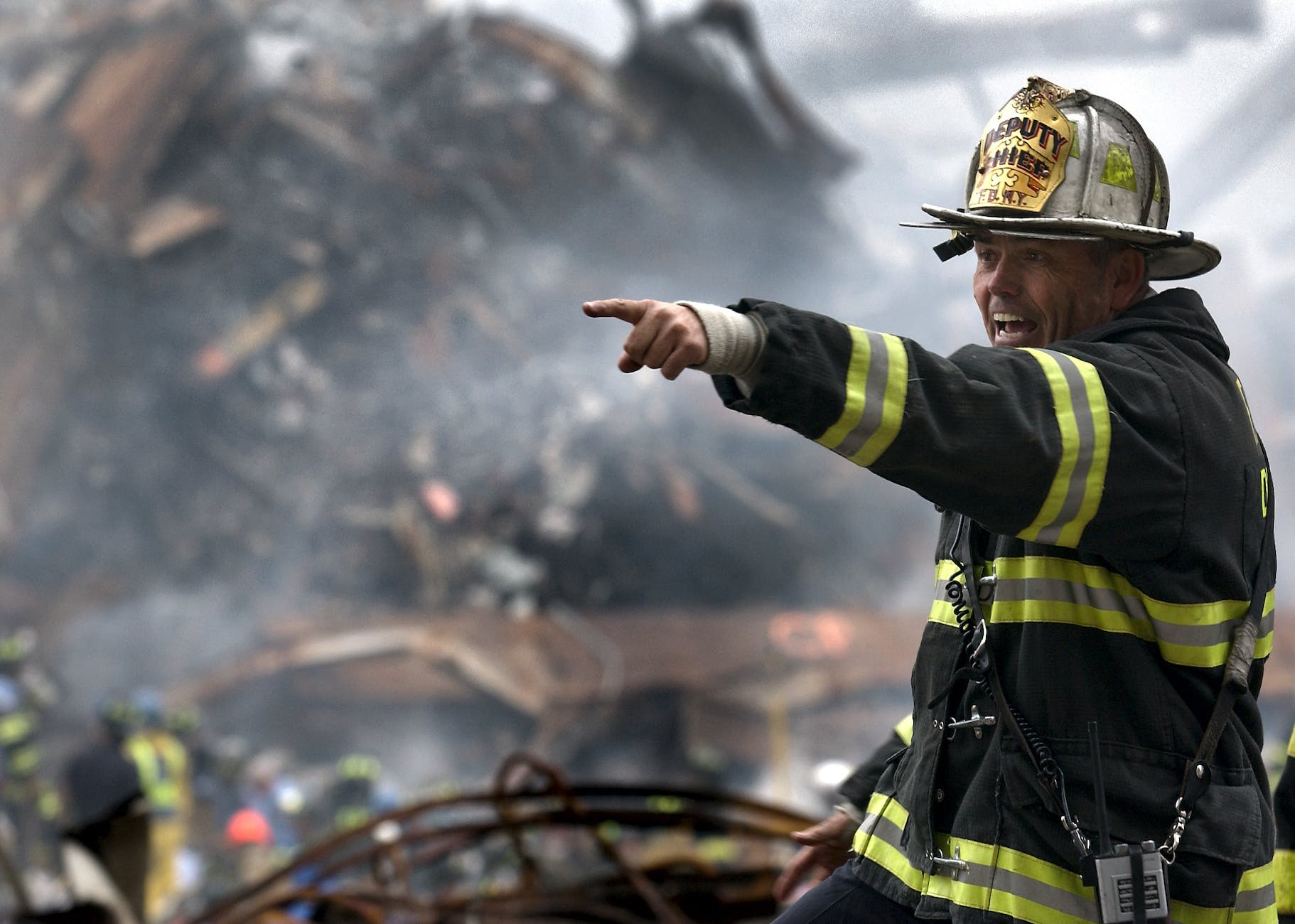
Rescue Procedures: Ensuring Safety and Preparedness
Whether in the context of natural disasters, accidents, or emergencies, rescue procedures play a pivotal role in safeguarding lives and minimizing damage. In this article, we will explore the essential aspects of effective rescue procedures, emphasizing the importance of preparation, quick response, and collaboration.
1. Introduction
In times of crises, rescue procedures form the backbone of any organized response. These procedures are meticulously crafted strategies designed to extract individuals from dangerous situations, prevent further harm, and restore a sense of normalcy. With proper planning and execution, rescue operations can make the critical difference between life and death.
2. Understanding the Significance of Rescue Procedures
Rescue procedures are vital because they ensure the safety and well-being of individuals caught in hazardous circumstances. Whether it’s a natural disaster like an earthquake, a fire in a high-rise building, or a vehicular accident, having established procedures in place can significantly reduce panic and confusion.
3. Building a Comprehensive Rescue Plan
A robust rescue plan involves a detailed analysis of potential risks and vulnerabilities. Identifying potential hazards and creating a step-by-step response plan can empower individuals and organizations to act swiftly and effectively during a crisis.
4. Equipping Yourself for Successful Rescues
Rescue operations require the right tools and equipment. This includes everything from first aid supplies to specialized gear like ropes, harnesses, and safety helmets. Having the proper equipment readily available can expedite the rescue process and protect both victims and rescuers.
5. Immediate Steps to Take During Emergencies
When an emergency strikes, it’s crucial to remain calm and follow predefined protocols. This might involve alerting authorities, evacuating the area, or rendering immediate assistance to those in need.
6. The Role of Communication in Rescue Operations
Effective communication is the cornerstone of successful rescue operations. Coordinating efforts among team members, emergency services, and victims is vital for a streamlined response.
7. Coordinating with Emergency Services
Rescue procedures often require collaboration with professional emergency services such as firefighters, paramedics, and law enforcement. Working together ensures a comprehensive approach to handling crises.
8. Training and Drills: Enhancing Rescue Competence
Regular training and drills keep rescue teams prepared and sharp. Simulating various scenarios helps rescuers develop the skills needed to make quick decisions under pressure.
9. Adapting to Various Rescue Scenarios
Rescue procedures should be flexible enough to adapt to different situations. Techniques that work in a water rescue may not apply to a collapsed building, highlighting the need for versatile training.
10. Aiding Special Populations: Children, Elderly, and Pets
Rescuing vulnerable populations demands additional considerations. Children, elderly individuals, and even pets require specialized approaches to ensure their safety.
11. The Psychological Aspect: Providing Support and Comfort
Rescue operations can be traumatic experiences for victims. Rescuers must offer not only physical assistance but also emotional support to help survivors cope.
12. Real-life Stories: Successful Rescue Missions
Exploring real-life accounts of successful rescue missions highlights the effectiveness of well-executed procedures and the impact they have on people’s lives.
13. Overcoming Challenges in Rescue Operations
Rescue operations are riddled with challenges such as limited resources, adverse weather conditions, and time constraints. Finding innovative solutions is a crucial aspect of effective rescues.
14. The Ethical Dimension of Rescue
Balancing the risk to rescuers with the urgency of the situation poses ethical dilemmas. Rescue procedures must be weighed against potential harm.
15. Conclusion
In the face of adversity, rescue procedures stand as a beacon of hope. By developing comprehensive plans, staying well-equipped, and fostering effective communication, communities can come together to save lives and ensure safety during times of crisis.
AED Usage: Saving Lives through Automated External Defibrillators
First Responder: The Unsung Heroes of Emergency Situations
Choking Relief: How to React Swiftly and Safely
FAQs (Frequently Asked Questions)
- What is the primary goal of rescue procedures? Rescue procedures aim to safeguard lives and minimize harm during emergencies and crises.
- How can I prepare myself for potential rescue situations? Equipping yourself with the right tools and knowledge, and participating in rescue training, can enhance your preparedness.
- Why is effective communication crucial in rescue operations? Communication ensures coordination among team members, emergency services, and victims, leading to a more efficient response.
- What challenges do rescue operations commonly face? Limited resources, adverse conditions, and ethical dilemmas are some challenges that rescuers often encounter.